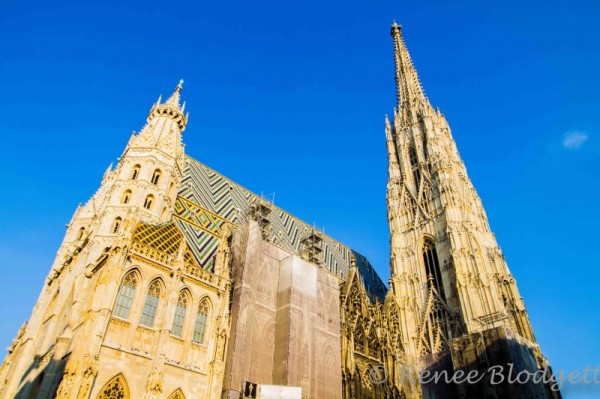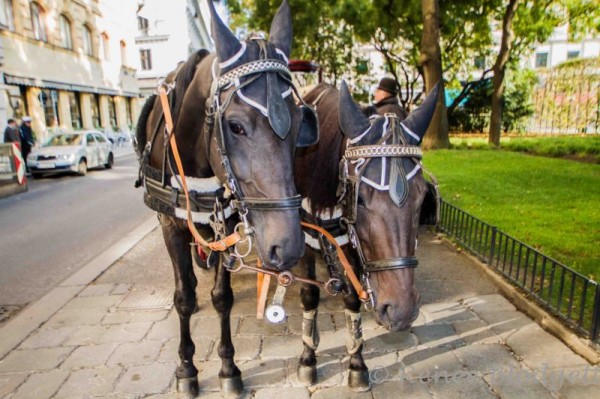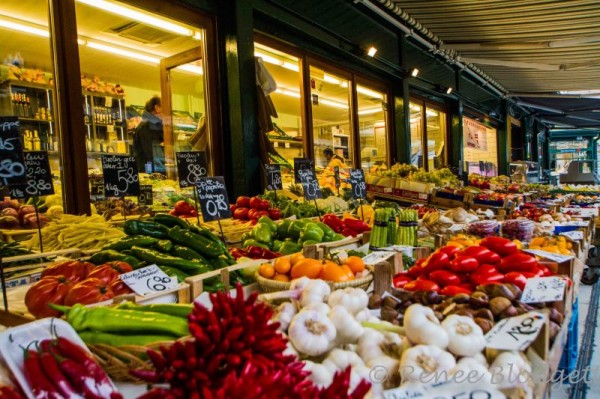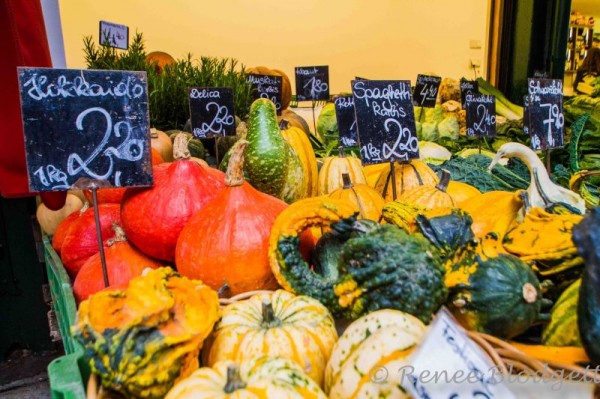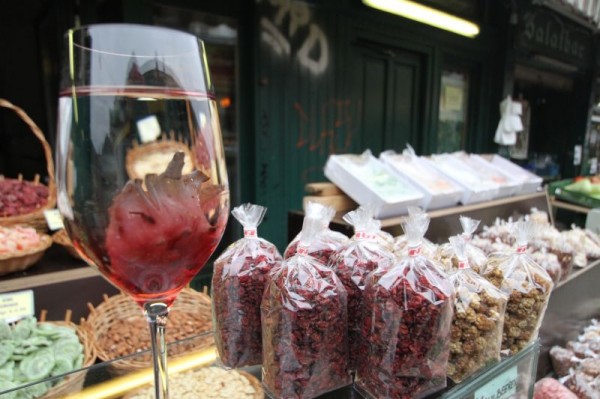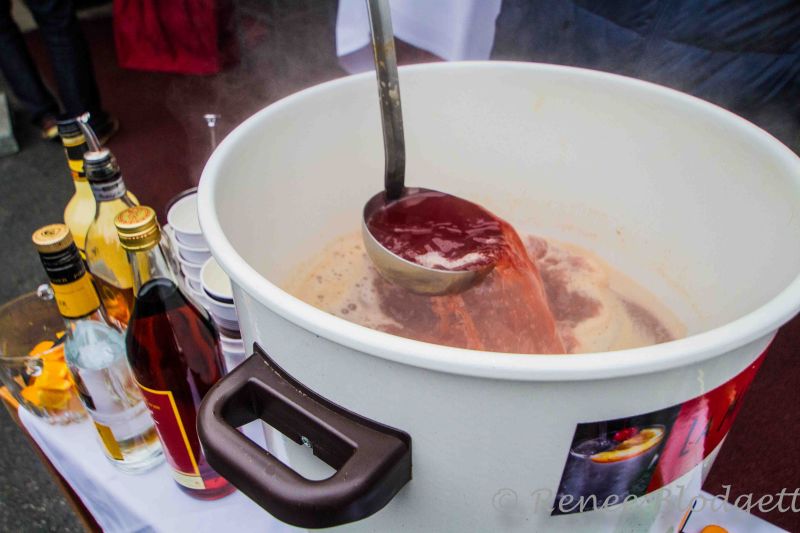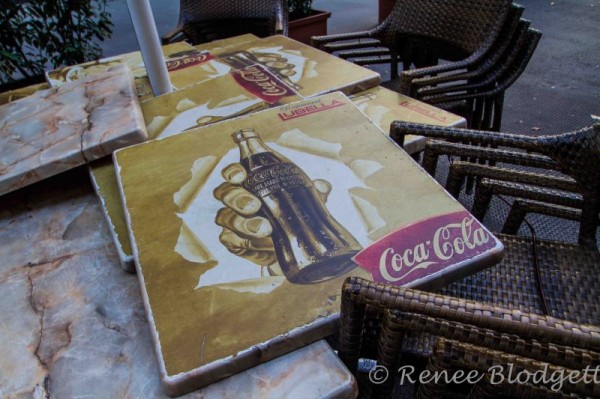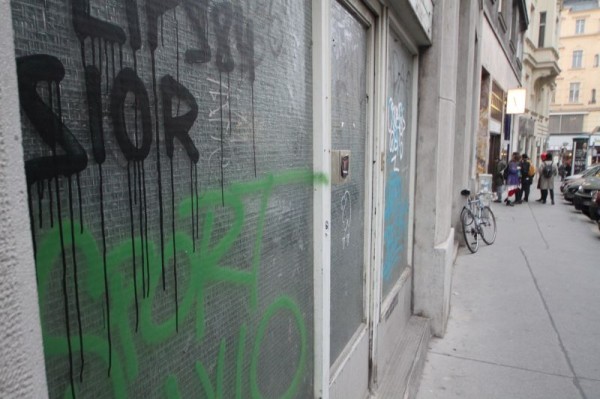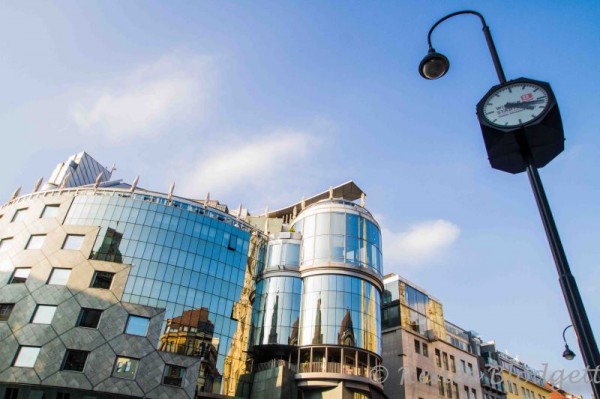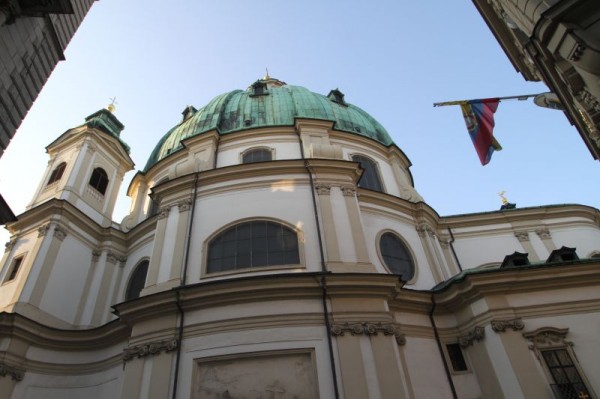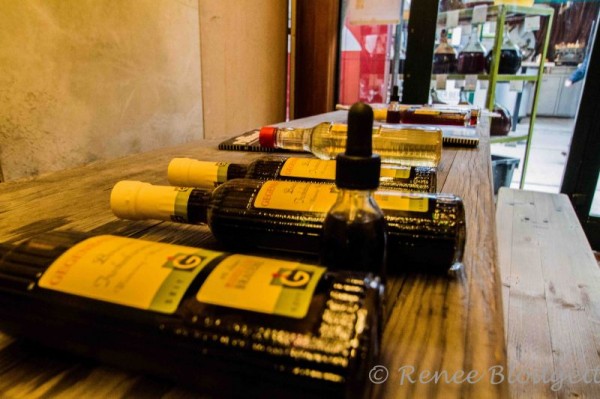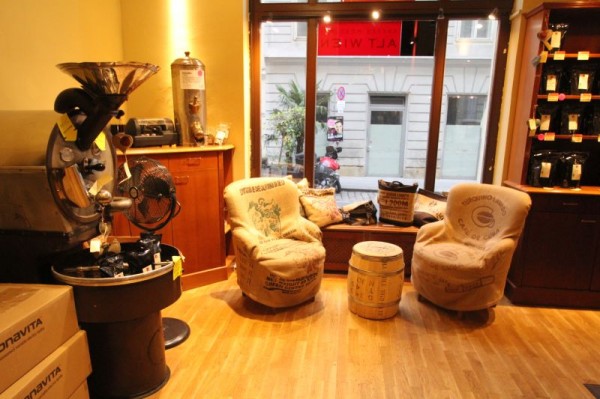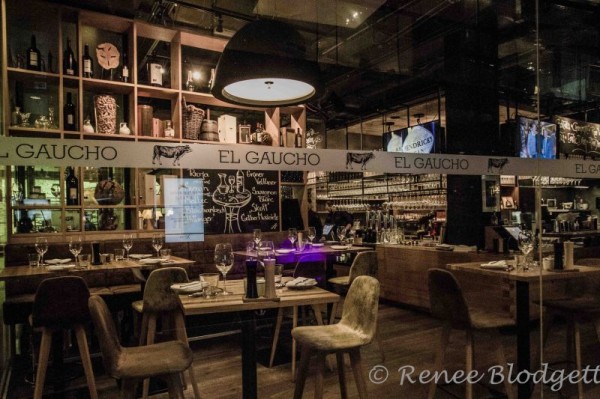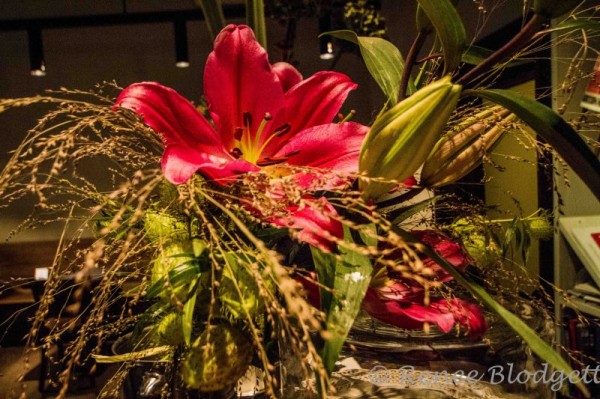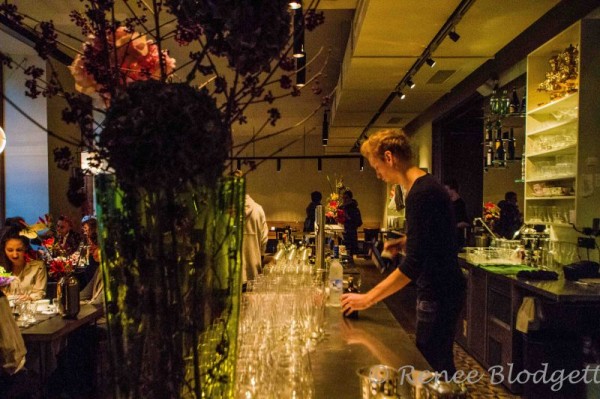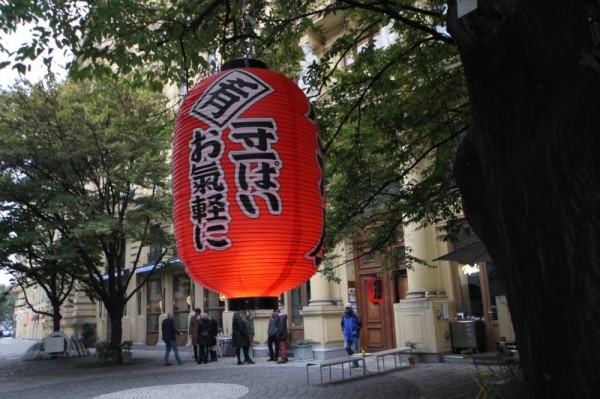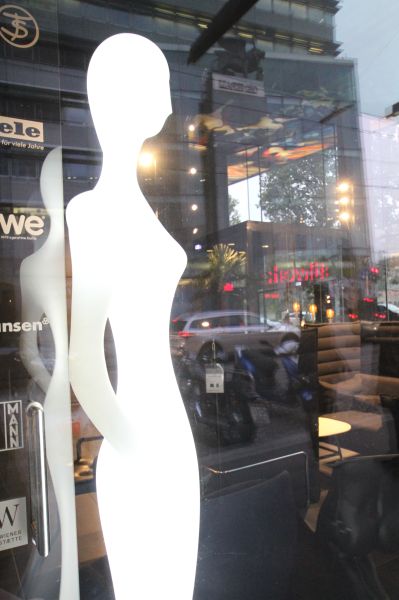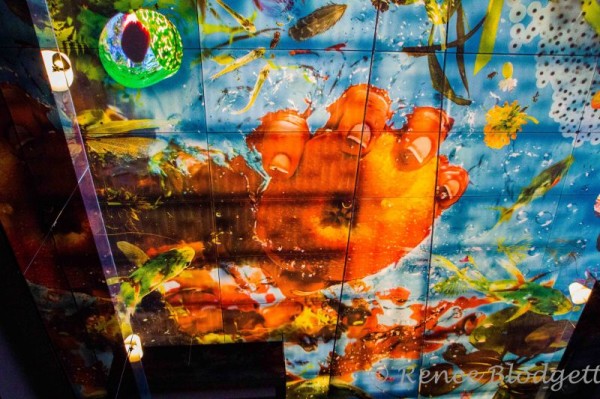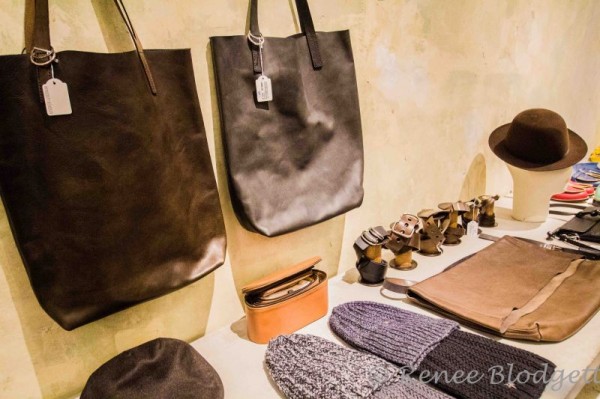I hadn’t been back to Vienna in over twenty years, so returning this past October was a real treat. First, I’m not in my twenties any more so knew I’d appreciate all the things that may have passed by me the first time around, like Vienna’s incredibly history, architecture, prevalence of classical music, and food. Great food btw – be sure to read my write-up on Vienna Restaurants and Food.
I stayed at The Guesthouse, which is a boutique luxury hotel in the heart of Vienna — it was about as central as you could get, and just around the corner from Hotel Sacher, which had it not been booked, I would have loved to wake up in old world style. I did in fact have lunch here and taste their infamous chocolate torte. Just around the corner is St. Stephen’s Cathedral, which stands like a majestic empress controlling the city center.
History
Of course, if you’re into history and museums, Vienna has no shortage of either. It is not only the capital of Austria, but also one of its nine federal states. Unlike many large urban centers, half of Vienna is made up of grassland, parks, gardens and woods. “Urban Green” such as Stadtpark is joined by woods and Prater grassland and sections of Vienna Woods, vineyards, farmland and the wetlands run along the legendary Danube River. Prata Stern is a square in the Prata area of Vienna, which is a trendy area and fun to walk around. Nearby is an amusement park, a football stadium, a fairground and the most exclusive golf course, where you can also horseback ride. It’s very green, a bit like Central Park in that it’s large, running 6 square kilometers long.
Outside my hotel you’ll find horses in the main square, not far from St. Stephen’s Cathedral — it’s a great option if you’re not in the mood to walk and it doesn’t get much more romantic than seeing a historical European city in a carriage.
Since I didn’t have time to explore some of Vienna’s lesser known neighborhoods like I did in Berlin earlier this year (see my Berlin Neighborhoods write-up), I explored the foodie and cultural scene. It’s hard for me to miss a city market if there is one, and so I headed to Naschmarkt, Vienna’s most famous market and the nearby Freihausviertel area, which is a hip neighborhood, full of shops, art galleries and cafes. Below are some fruit and vegetables which line one side of the market, although you can find everything from oils and herbs to spices and wine.
Naschmarkt & the Foodie Scene
You can also get homemade Gluvine, which is a hot punch made with red wine, cinnamon and orange juice which was a welcome retreat on those brisk late Autumn days.
Also in the market is Umar Fish, which is run by Umar from Turkey, who has the most number of fish restaurants in the market. Also don’t miss sampling Kriecherllikor, which is a sweet traditional drink that is popular in Austria. The cafe below is not quite open for the evening…
Walking down a side street – Vienna, like most urban city centers in Europe has a lot of street art and graffiti.
A more modern urban scape of the city despite the fact that there are plenty of old world places to shop, dine and drink coffee or beer.
Below is the Gegenbauer Shop, which is known for their brewed beer and vinegar production. It was a fun place to visit since you could see the volume of oils and vinegars on-site and could even taste them. Flavors included asparagus, tomato, saffron, cucumber, elderberry, black currant, sour cherry, red pepper, fig and a host of others. Also known for his oils, he had fresh pumpkin oil on-site, which is famous in Austria. Others included chili, basil, fennel and sweet pepper to name a few.
Also in this neighborhood, you’ll find authentic coffee houses – caffeine only I learned after asking for a decaf since it was late afternoon.
We also hit Babette’s Spice & Books, which does cooking lessons and Blumenkraft, which is a hip flower store. Along the Danube, you can take boats up and down the river, another great way to see the city. The Generations Coffee House is also a great stop — housed at the bottom of an urban building with authentic brick walls, the idea is that grannies make baked goods and sell them in the cafe.
I loved the funkiness of this chain steak restaurant El Gaucho — there was one housed inside the Stilwerk Design Center, which had a funky inside and patio seating area.
A modern upscale restaurant in the same neighborhood, apparently always busy….
Mochi Restaurant is nearby on Prata Strasse (below), which is one of the best sushi restaurants in Vienna as is famous Georgian restaurant Ansari. These are both mentioned in my Vienna Restaurants round-up.
Design
Along the Danube Canal sits the Uniqa Tower Building, which is unique in the city. Not only do they do light shows every night, but there’s a cocktail bar, cinema, restaurant and historical education center for adults. You can also take a boat cruise up and down the Danube, which is another great way to see the city.
Fashion and style are not after thoughts to the Viennese — you see snippets of it throughout the city, whether that be at a top end designer’s shop or mall, the beautifully designed style of a cafe or a shop window.
On our city walk, we hit Stilwerk Design Center, which was designed by French architect Jean Nouvel. The building itself is only black, white or gray and the Sofitel sits on top of the building which includes its ever so trendy Das Loft cocktail bar. You can see a vibrantly-painted ceiling as you climb to the top of the design center; this art installation is from Swiss designer Piplotti Rist. (below) Each year, the Stilwerk Design Center hosts Vienna Design Week, which is a popular annual event for locals.
Nearby is Scheer.at, which is well known for their handmade shoes — 5 thousand euros is their starting mark to purchase a pair and it takes 6 months to make. There were other upscale designer shops located in the area, which we took a meander through, stopping to chat with the proprietors to learn about the masters behind the fashion.
Also worth noting is another district called Freihaus, just south of Nieumarkt, an interesting area to walk around. If you want to map out a walking route, more information about what can be found at www.Preihausviertel.at.
Art
Art is an integral part of both old and new Viennese culture so much so that you can spend a couple of weeks alone if you have that much time just exploring museums, art galleries and exhibitions. Magnificent edifices, predominantly in baroque, historicism (Ringstrasse) and art nouveau styles extend throughout the city. The city has so much to offer, you can easily re-live the romance of a long-lost empire and you feel it by merely taking a long walk.
Vienna is known for its museums and art galleries. On the list of must visits include Kunsthistorisches Museum (Museum of Fine Arts), which houses the world’s largest collection of Bruegel paintings. At the Belvedere, you can see numerous works by Gustav Klimt and Egon Schiele and the Leopold Museum is also well known.
The Museums Quartier has 60,000 square meters of usable floor space on eight different levels, making it one of the ten largest cultural complexes in the world. Other Austrian artists work can be found throughout the city, including Klimt as mentioned above, Kokoschka, and Gerstl.
Close to the opera house, the Albertina houses the world’s largest collection of graphic art, spanning 60,000 drawings, millions of prints and an extensive collection of photographic and architectural material.
The Belvedere palaces and formal gardens make up one of Europe’s most attractive Baroque ensembles and Upper Belvedere is home to the world’s leading collection of Austrian Art. The Sisi Museum at Hofburg Palace show Empress Elisabeth (1837-1898) and her life, from personal belongings to other artifacts, including the dress she wore on the evening of her wedding, and the monarch’s parasol, fans and gloves.
Music
Vienna boasts 50 theaters, including four opera houses and several stage musical theaters, numerous galleries, and renowned drama, music and dance festivals throughout the year. No other city has been home to so many composers of international renown, including Schubert, Strauss, Schoenberg, Berg, Mozart, Beethoven, Haydn, Brahms and Mahler.
It also has one of the world’s top orchestras — Vienna Symphony Orchestra. While I didn’t have a chance to see them, the Vienna Boys Choir is also globally known. You need to plan to get tickets weeks in advance, if not months in advance to be sure to get great access and views.
They also have a Life Ball and the Festival of Electronic Music, which is more appealing to those with a modern music taste.
I had a Vienna Card, which allows you to get into many of the sites and attractions. Check out www.vienna.info/en for an extensive database of events and many useful hints for your trip to Vienna. I also used a guide, which is useful if you have limited time. Art Historian Alexa Brauner does tours in English, Italian and German and you can inquire about her tour options at guide@alexabrauner.at.

Renee Blodgett is the founder of We Blog the World. The site combines the magic of an online culture and travel magazine with a global blog network and has contributors from every continent in the world. Having lived in 10 countries and explored over 90, she is an avid traveler, and a lover, observer and participant in cultural diversity. She is also the founder of the Magdalene Collection, a jewelry line dedicated to women’s unsung voices and stories, and the award-winning author of the bestselling book Magdalene’s Journey
She is founder of Blue Soul Media and co-founder of Blue Soul Earth as well as the producer and host of the award-winning Blue Soul CHATS podcast, that bridges science, technology and spirituality. Renee also founded Magic Sauce Media, a new media services consultancy focused on viral marketing, social media, branding, events and PR. For over 20 years, she has helped companies from 12 countries get traction in the market. Known for her global and organic approach to product and corporate launches, Renee practices what she pitches and as an active user of social media, she helps clients navigate digital waters from around the world. Renee has been blogging for over 16 years and regularly writes on her personal blog Down the Avenue, Huffington Post, BlogHer, We Blog the World and other sites. She was ranked #12 Social Media Influencer by Forbes Magazine and is listed as a new media influencer and game changer on various sites and books on the new media revolution. In 2013, she was listed as the 6th most influential woman in social media by Forbes Magazine on a Top 20 List.
Her passion for art, storytelling and photography led to the launch of Magic Sauce Photography, which is a visual extension of her writing, the result of which has led to producing six photo books: Galapagos Islands, London, South Africa, Rome, Urbanization and Ecuador.
Renee is also the co-founder of Traveling Geeks, an initiative that brings entrepreneurs, thought leaders, bloggers, creators, curators and influencers to other countries to share and learn from peers, governments, corporations, and the general public in order to educate, share, evaluate, and promote innovative technologies.

